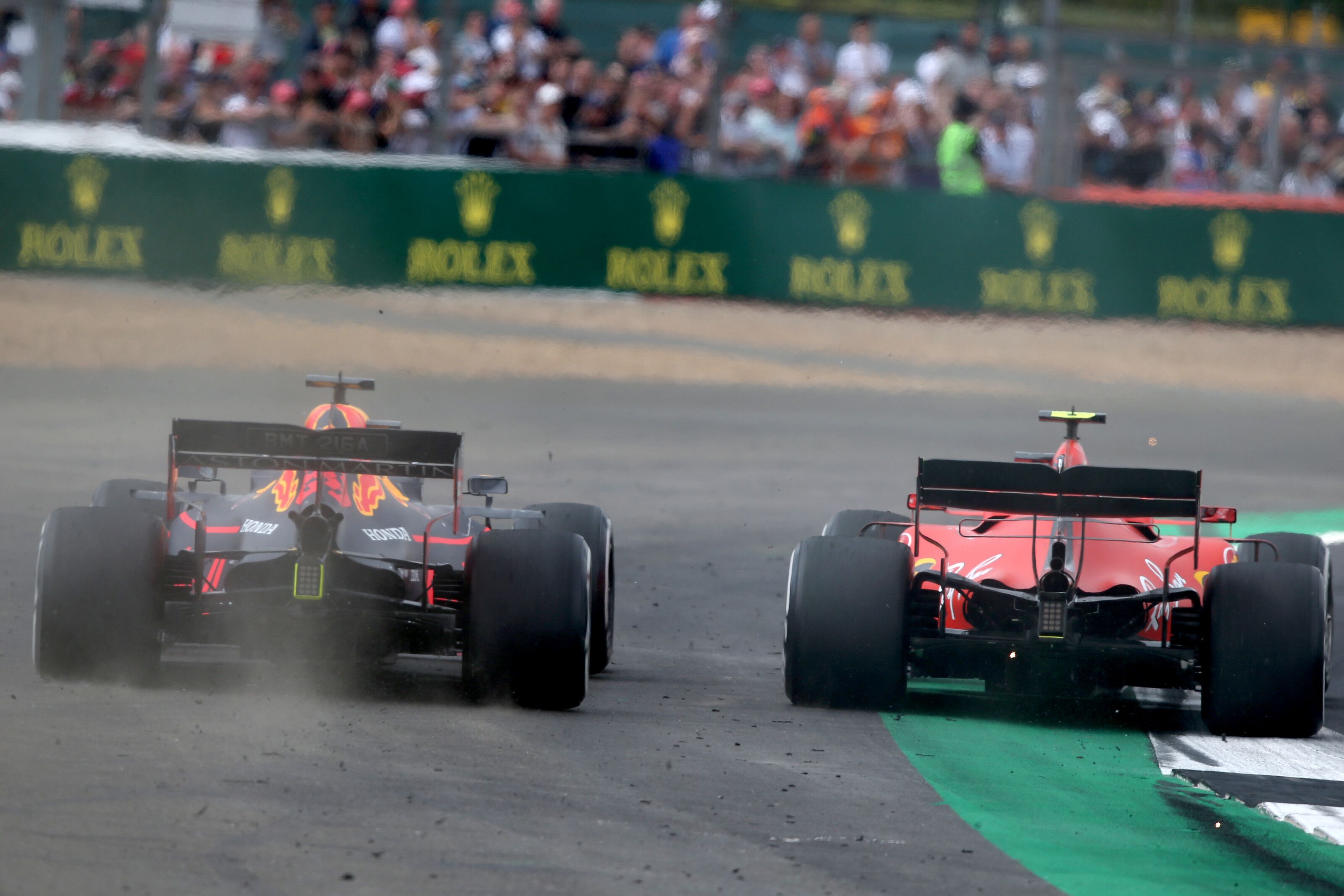FIA Race Director Michael Masi says the ‘let them race’ notion and DRS zones are the two crucial topics in discussion ahead of the 2020 F1 season.
Following the controversial events during 2019 Canadian GP, a long conversation kick-started with regards to consistency of the FIA’s penalty-dealing habits. Many fans called on the F1 stewards to reprimand the drivers and teams in a more undeviating fashion.
This was asked due to the fact that the FIA had handled similar incidents differently in the past. The presumption from many was that the teams had similar complaints directed towards the governing body, but the race director told a different story.
Masi stated that he hasn’t received as many complaints formally but the ‘let them race’ is on the list for discussion ahead of the 2020 F1 season. The Australian also mentioned that they are always communicating with the teams to ensure unhappy situation did not occur.
“I haven’t heard of any teams complaining about inconsistencies, I think in a lot of regards we’re being well put-together,” said Masi. “Everyone uses Montreal but everyone seems to forget that we had a ‘let them race’ meeting in Bahrain.
“All the drivers and the team managers were present. So it was an ongoing process throughout the year, involving, effectively, the key parties. The FIA, F1, the teams – being the team principles and the sporting directors, and the drivers.
“And it’s been something we’ve been collectively working on throughout 2019, to get an understanding of what ‘let them race’, in their view, looks like. So, that’s an ongoing discussion, which will continue during winter testing and also before the first round.”
Despite clarity, there are always instances where fans or drivers/teams end up comparing. A lot of it is also to play around the rules. Outside the penalty scenario, Masi also stated that there will be discussions on DRS zones as well, where 2019 saw tweaks in most races.
The divide is clear though where some fans and paddock members feel that on one hand, the drag reduction seemed too strong, while in other cases, it seemed too weak – another thing which the organisation also hope to rectify.
“Basically what we do is we actually, at the end of the season – it was done at the end of 2018 too – review all DRS zones, and actually see how they worked,” cleared Masi. “Were they too powerful? Were they not powerful enough? Do additional zones need to be added?
“Do zones need to be removed? So that’s part of, so there was a document issued early in 2019 with all the changes to the DRS zones, be it activation points, might even change, so that’s something we’ll sit down and look at in an analytical way again ahead of 2020 start.”
Here’s what Michael Masi said about his first year as race director
Here’s details of what F1 is doing for Australian bushfire
Here’s the audience figure in 2019
Here’s a small preview and date for Drive to Survive 2
F1 and FIA join United Nations’ Sports for Climate Action Framework
FIA discusses driver’s eye camera after its debut in Formula E
The story was co-written by Darshan Chokhani



















